Recently I made my way down to Plymouth to visit the Distillery, I was off to experience the Master Distillers Tour. The highlight of the tour was the opportunity to make my own gin. Sean Harrison, the Master Distiller was on hand to guide me through the process, and to critique the gin I made. I’m pretty sure that the opportunity to make your own is any gin fans dream after all it’s their own bottle of gin. It’s not some moonshine made in a bathtub or from a pressure cooker, a few juniper berries and some vodka.
Hidden away in the Distillery is a little lab that included a range of botanicals which Plymouth themselves use (Angelica Root, Cardamom Pods, Coriander Seeds, Juniper Berries, Lemon Peel, Orange Peel and Orris Root), as well as the addition of ground liquorice and ground nutmeg.
Considering I had just finished the blind comparative tasting of gins, and after more than a few years of tasting gin, I knew what flavours I was looking to get in my gin, both on the nose and in the mouth. So I set about to create a drinkable gin that I would be proud of.
It’s then that I realised the skill involved in blending all the botanicals, especially when it’s recommended to only use a few grams of this or that; but when you’ve only got a pick’n’mix style shovel to add the botanicals into my beaker of grain neutral alcohol then things can easily go wrong. Such as when Sean commented with a ‘hmm might be a tad too much citrus in that’ when looking at the beaker.
Unfortunately I was not creating the 5,000 litres of gin that Sean and his team create each time they weigh in the sackloads of botanicals into their old Victorian copper still. Apparently in all his years he has only ever had to throw away two batches of gin, and he blamed that on the boiler – I wondered whether I could blame my equipment if it all turned out wrong as well.
My experience of being a Master Distiller was more akin to the science degree at university. There I was with a flat bottomed beaker, a reflux chamber (ensures that higher boiling point components are returned to the flask while lighter elements are passed out to a secondary condenser)and a condensing column. Suddenly the thought of DIY gin was quite appealing, it would be one step up from the pressure cooker!
After careful measurement (or not), I had combined together the following botanicals to make one of the most sublime gins, ‘Morning Tonic’.
- Juniper
- Liquorice (sweetness)
- Orange Peel (soft citrus)
- Lemon Peel (sharp citrus)
- Cardamom Pods (spicy aromatics)
- Orris Root (sweet violets & binding agent)
As with any good gin recipe, the proportions are a closely guarded secret, only known to myself, and my scribbled note pad.
Once the spirit came to a vigorous boil the alcohol started to enter a gas form and worked its way up to the reflex chamber, and eventually headed its way along the condenser column which helped cool it again and drip down into the bottle as a liquid, pure morning tonic gin.
Unfortunately we weren’t able to create our own Navy Strength (Plymouth Navy Strength is 57% ABV), and Sean then assisted with bringing the gin down the ABV to that of normal Plymouth (41.2% ABV).
The gin for the first 24 hours was slightly cloudy, which is a sign of slightly too much citrus being present. Turns out that Sean obviously knows his stuff. My view is that it tastes lovely, and I’m delighted with my Morning Tonic gin.
If you want to make your own gin then all you need to do is go on the Master Distiller’s Private Tour, which costs £40, and lasts approximately 2.5 hours. As well as being able to make your own gin, you also get to try the comparative tasting of gins, and learn about the history of Plymouth gin. All with Sean Harrison, the Master Distiller. The tour can be arranged by calling the distillery on 01752 665 292.
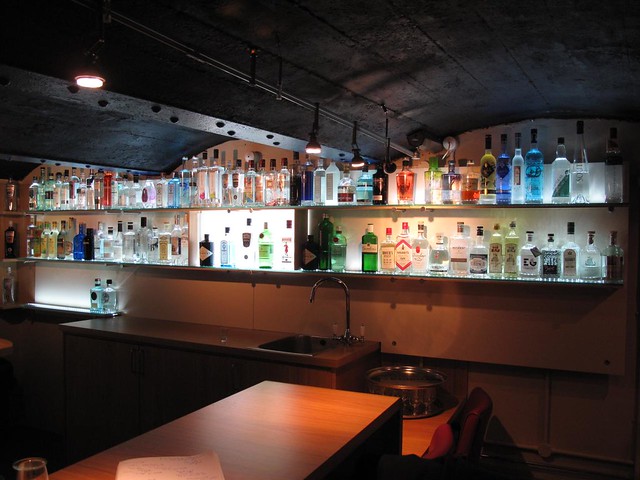
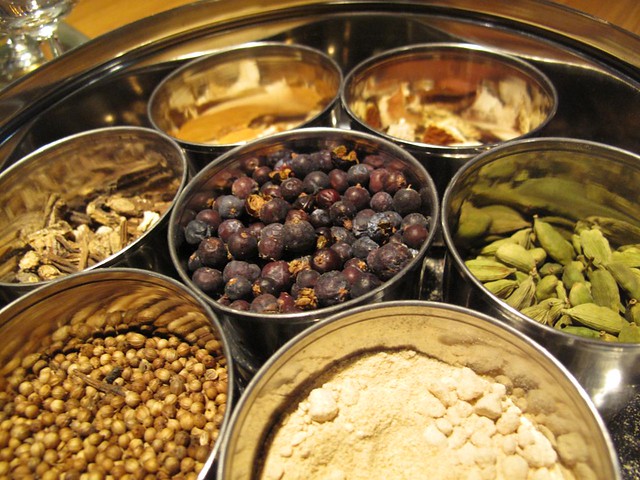
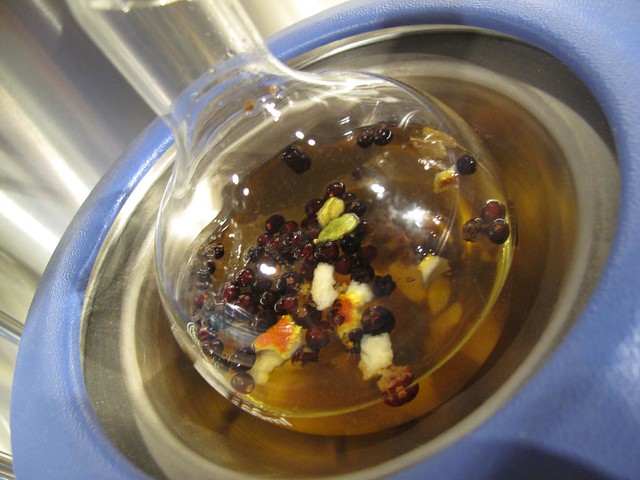
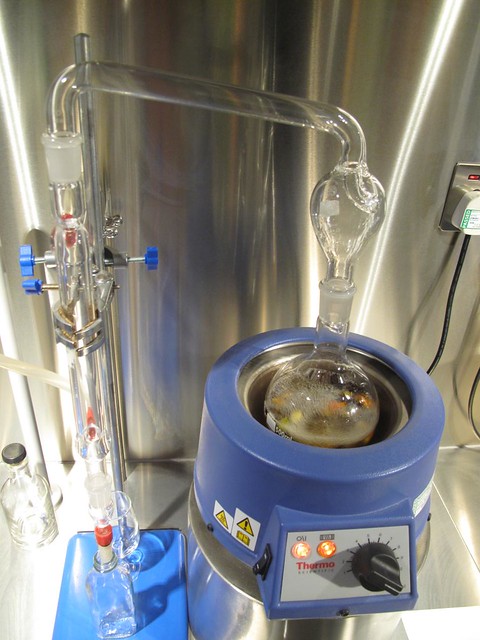
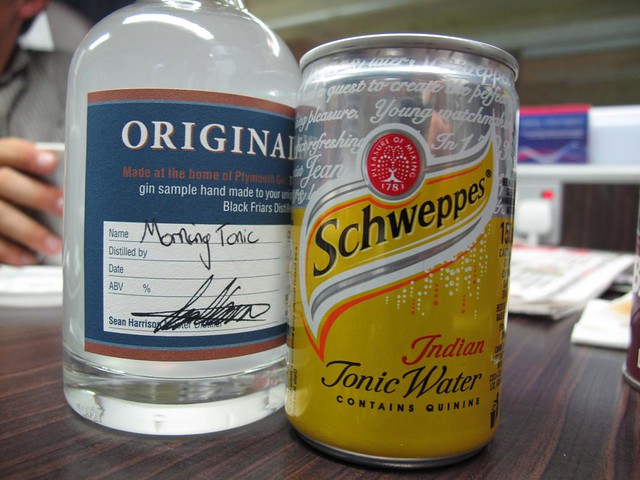
I’ve been looking forward to reading this post since you mentioned it! It sounds like such a fun experience and I might be tempted to go all the way to Plymouth just so that I can make my own gin!
This summer. I am going to do this over the summer.
I am a great fan of Cardamom and this probably isn’t far from what I would put together.
I am looking forward to part 2.
Dug
What a great experience! Very interesting review.
I hope one day I could try too.
Do you know if other distilleries offer this workshop?